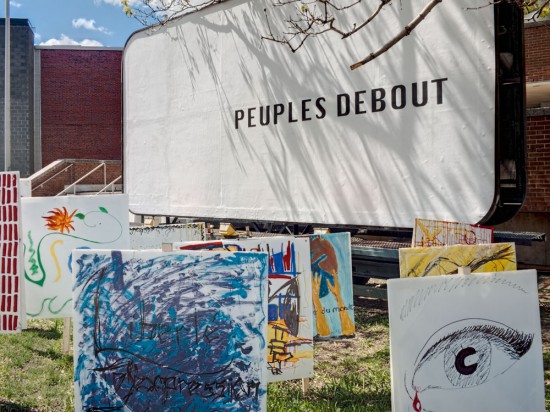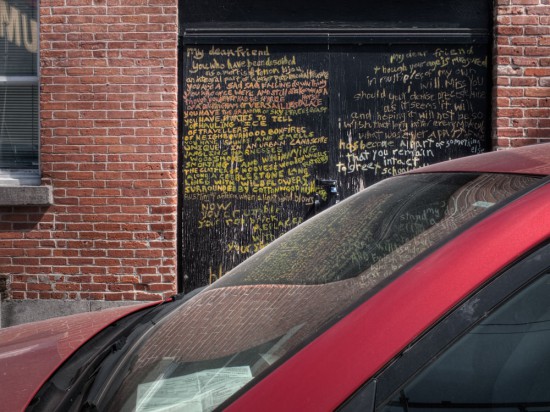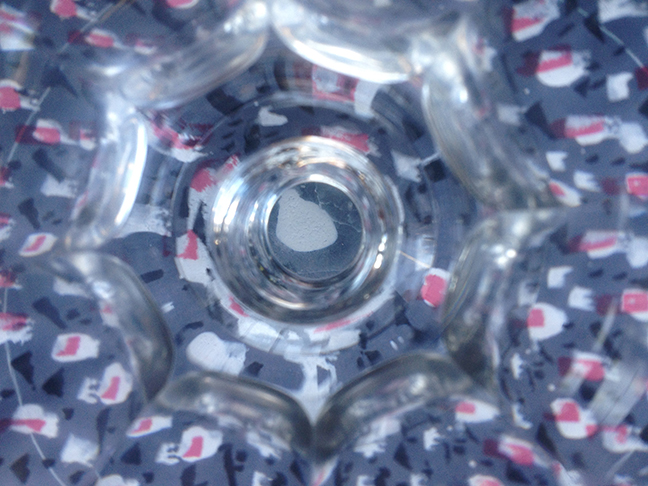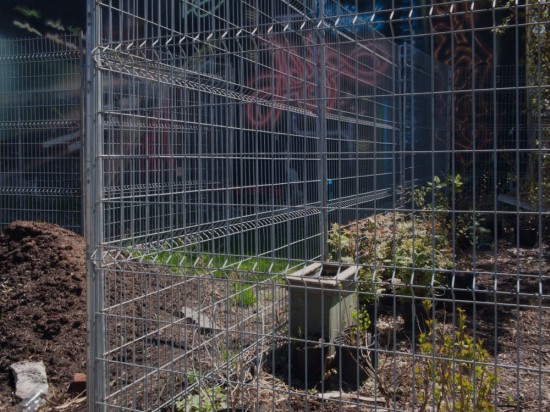
A city begins in a place. We are thrown into the world, but we seek a place. A place is a part of the world that we prefer. In making place, we take the energy of the world and fix it in ways that assist us in living our life in ways we prefer. This allows us to thrive, which is the aim of life. We thrive when we lead our lives in ways that we prefer.

A city is made up of the many. In the city, we seek to thrive amongst the many. The preferences of one individual may conflict with another, some others or the many. Since preferences allow us to thrive, this may cause some to thrive, others merely to survive and still others to die. This can happen for any reason, but when some thrive at the expense of others, this is unjust.

As one lives, one is engaged in furthering life. Life seeks to further more life, which happens according to the process of natural selection. Life reproduces itself, such that as much life as possible is produced in as many variations as possible for as long as possible. This is true for all life and at every level of life, and it happens at all scales of duration, over eons or seconds. Since life, including human life, includes all manner of expression and behaviour, the process of natural selection affects everything from the form of a jellyfish to the peal of a trumpet.
Injustice, like natural selection, is a concept born of observation and human cognition. A jellyfish might have little cognition, if any at all, but in humans cognition is a defining trait. We metabolize the world through our cognition. For a city, we take things like iron, sand and water out of the earth and metabolize them, through our labour, to create a physical infrastructure. We dream up things like jails and museums, money and markets and metabolize them as well to make a city. Our ideas and dreams, our communications and daily rituals—and the city itself—are all effects of our cognition.

Cognitive effects allow us to thrive in characteristically human ways—but not forever. Past and future are cognitive effects, as are smog and other forms of pollution. If we are to have a future in our cities and our world, we must design them—metabolizing the world through labour and our cognition—to strengthen the future. Not to design a city of the future, but instead a city for the future. More future is more life.
How do we design such a city? It’s a wicked problem, since the concept of future as well as the mess and the splendour we’ve made of the world are all effects of our characteristically human cognition. We must take a world of things into account. The problem of injustice, I suspect, is one of the more important ones. There are a multitude of others, a few of which you will find listed here.



